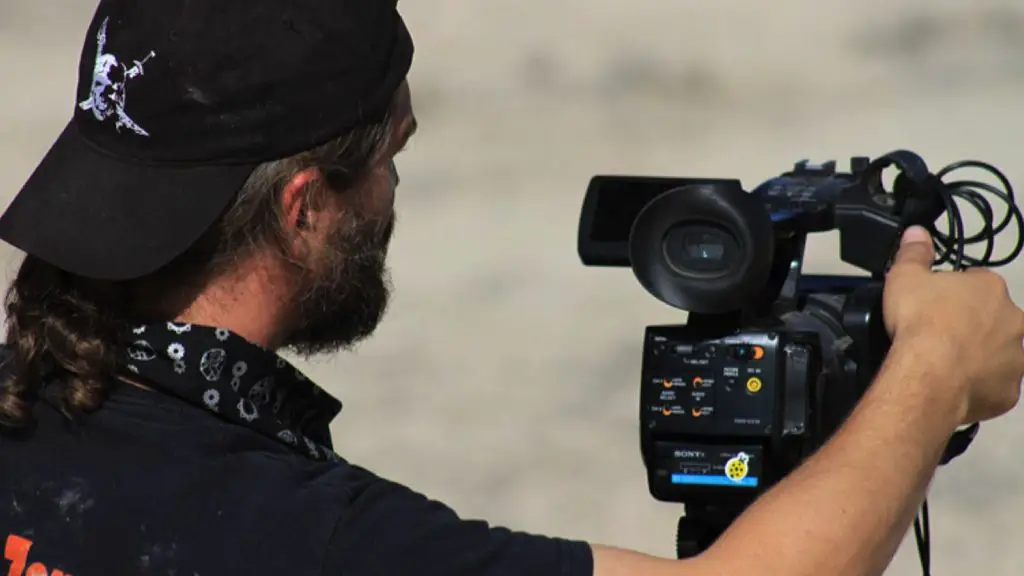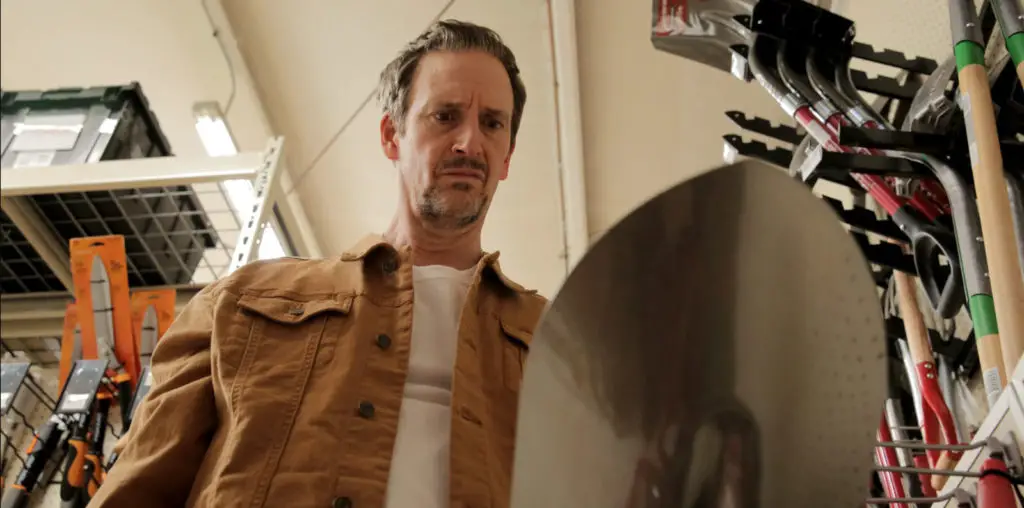
Van McElwee’s beautiful short “Natureland” is a complex collage of nature scenes interwoven with industrial images. The industrial images include cinderblock walls, air ducts and exposed pipes in a construction site. The nature images include shots of waves, waterfalls, and masses of flowers and leaves. The music is created from distorted, looped, and collaged layers of banal Muzak.
At first glance, it seems this piece is simply presenting the familiar opposition of “beautiful nature” to “ugly manmade structures,” but it quickly becomes apparent that the visual discourse of this film is far more complex and nuanced. In McElwee’s skillful collage technique, the nature images are always closely aligned, visually, with the industrial images, so that we see the verticals of trees emerging seamlessly from among the vertical pipes in a machine room. The film’s visual strategies emphasize the similarities of nature and industry, not their differences. The manmade world can be seen as an outgrowth of nature. So many tools and manmade objects are directly inspired by plants: wires and pipes which are like roots and stems, and even solar panels, which mimic leaves. By shooting a construction site rather than a finished factory, McElwee emphasizes the structural, nature-like aspect of machines.
An unspoiled natural landscape is almost always heartbreakingly beautiful, primarily because it is real and organic, each part of the scene infinitely complex and expressing its own inner nature. But banal “nature photography” of pretty mountains and seascapes, as used in bank calendars and postcards, is offensive in its crass, reductive commercialism, and much of the footage in “Natureland” comes from these genres. The film’s soundtrack demonstrates that if you take hideous Muzak and layer and distort it in creative, interesting ways, you can create quite interesting and beautiful music. Likewise, McElwee’s expert collage technique turns the banality of “nature images” into a gorgeous visual trip.
The last third of the film, in particular, is breathtaking to watch. The camera is always in motion as we watch these complex, superimposed layers of images, so that we feel we are falling with the water in a waterfall, or rising into the clouds, or flying through the fall foliage. He uses complex color schemes to emphasize the natural lines and contours of his imagery, using his collage techniques not to compete with nature’s beauty or to try and add to it, but to help us to see it better. “Natureland” helps us to see the organic qualities of manmade objects, and how digital technology can be used to redeem images of nature from the purgatory of bank calendars. While this in no way negates the negative effects of technology on the environment, it gives us a more nuanced and subtle way of thinking of our relationship to our world than a simplistic dichotomy of “man” versus “nature.”

